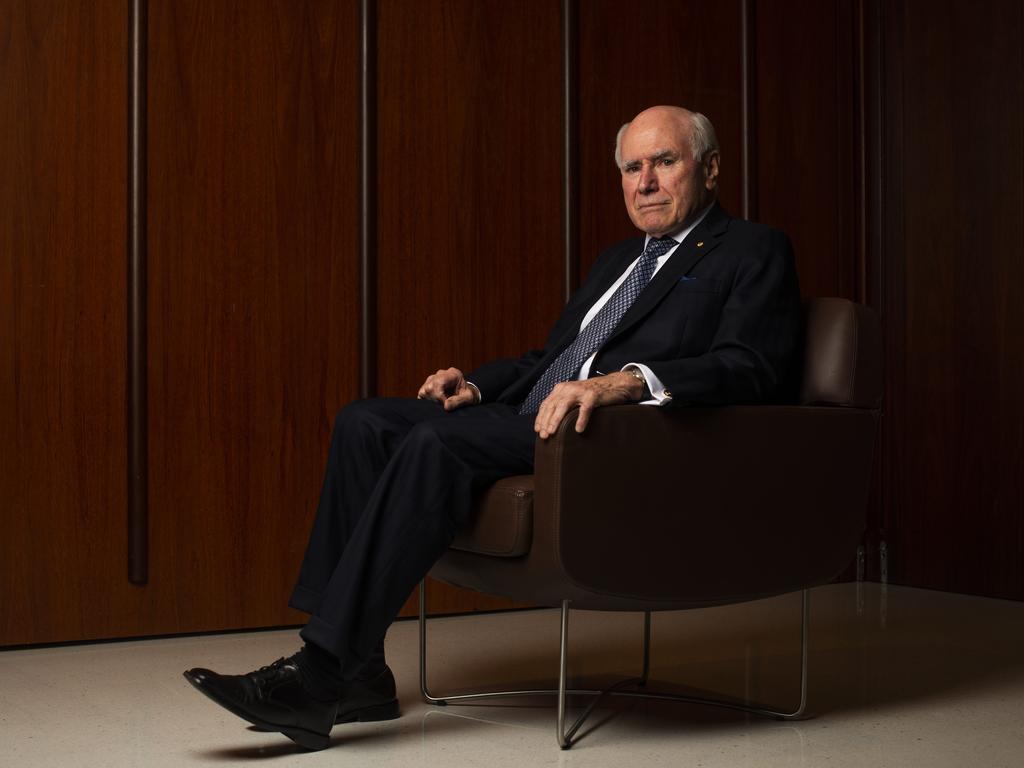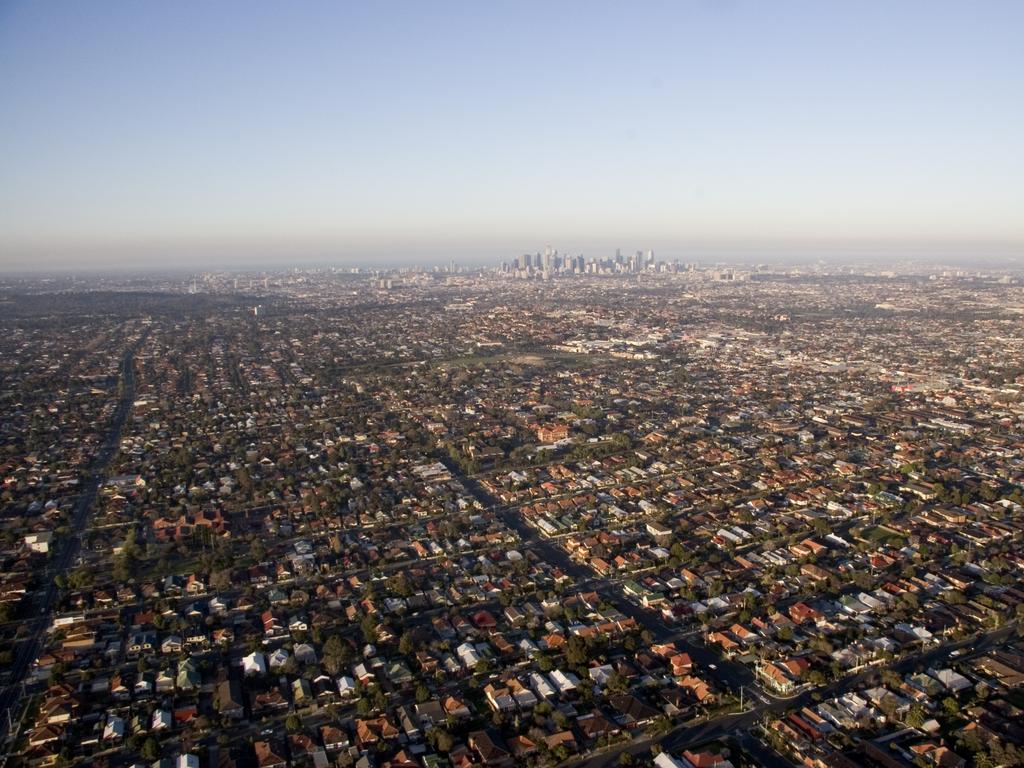The shape of Australia to come


We usually have remarkably accurate data on which to base our population forecasts. The age profile and volume of Australia’s migrant intake is consistent, we have kids at predictable rates, and we even die at reliable intervals — at least we did so before the coronavirus. Now things are much harder to predict.
There are no new updates to the official population forecasts in sight. Business needs to have at least a rough understanding of what the population will look like by the end of the decade. Companies large and small struggle under the lockdown and must reassess their strategic positioning, must understand new market realities to be ready for the post-corona world.
I want our businesses to succeed and to navigate this crisis successfully, so I have had a crack at measuring the impacts of the coronavirus on our future population.
We have an official population estimate of 25.3 million people for last year. That will be our baseline. We even have a population projection for 2030 that was revised as recently as November 2018. This original forecast suggests Australia will be home to about 30 million people by 2030.
We have four variables to play with to adjust the 2030 forecast in light of COVID-19.
The first variable is the dimension of the projected population exodus we are experiencing this year. According to Adam Creighton in The Australian we might expect an exodus of about 500,000 temporary visa holders this year. We can estimate the age profile of these 500,000 migrants leaving our shores using the 2016 census. Centred on international students and young skilled professionals, our migrant intake has a similar age profile every year. We now have an adjusted population baseline for this year.
The second variable we need to consider is our net intake of new migrants. For the scenario displayed here I assumed we see no migration into Australia for one year, followed by two years of low migration before we reach pre-corona levels again.
The third variable is the fertility rate. Commentators half-jokingly predicted a corona baby boom. The opposite will occur. In times of economic uncertainty people have fewer rather than more kids. My scenario follows academic research on birthrates after pandemics and assumes three years of low fertility before returning to normal levels.
The fourth variable is the death rate. If Australia continues to manage the pandemic successfully, we will not suffer a death toll anywhere large enough to affect the death rate. Therefore, we assume a normal death rate throughout the 2020s.
Applying these four variables to the population model, we have an Australia that by 2030 might be missing a million residents compared with the original official Australian Bureau of Statistics forecast from 2018. Adjusting the variables in the model, the missing population varies between 500,000 and 1.5 million.
The precise number doesn’t matter so much as the age profile and generational split of the missing million stays roughly the same in each scenario. Knowing that we had to adjust our population forecast for 2030 down by a million (from 30 million to 29 million) allows businesses to reassess their strategy and scan the market for opportunities.
The three years of lower fertility and fewer migrants (who are overwhelmingly of child-bearing age) result in 192,000 fewer Gen Alphas (born between 2018 and 2035) by 2030. Alphas are the offspring of the large millennial generation that is only getting started with having kids. The 2020s will still see strong growth in the youngest age groups. Compared with last year, all ages from zero to 21 see growth. Businesses servicing the under-21 cohort will have two difficult years ahead but then will grow significantly again — Alphas are a good cohort to focus on.
Half of the missing million belongs to Gen Z (born between 2000 and 2017). By 2030 members of Gen Z are aged between 13 and 30 and will be dominating the secondary and tertiary education sector. The older age group (22 to 28) of Gen Z is expected to decline between last year and 2030. If your business relies on this age group, you have a rough decade ahead. Our universities will suffer from this. Not only is their market shrinking, but the student composition is shifting away from high fee-paying international students (international travel is going to be limited for at least a year or two) towards low fee-paying local students. Universities will need to rethink education and find new revenue streams. Executive short courses for experienced professionals will be pushed hard — a promising approach considering the importance of lifelong learning in our knowledge economy.
Despite missing out on growth of 215,000 people compared to the original projections, millennials (also called Gen Y, aged 31 to 48 in 2030) will be the biggest growth cohort by 2030. More important, they will be the most lucrative group for businesses. Millennials are the oldest generation that can comfortably sit out the slump of the stockmarket and look expectantly at the falling house prices. In the 2020s millennials advance their careers, earn well and can make use of low interest rates to finally enter the housing market – better late than never.
The 2020s were meant to be the decade of Gen X (born between 1965 and 81). The coronavirus won’t affect the size of Gen X significantly, their kids are still all at home and big mortgages want to be paid off, but since Xers reached the top rank of the corporate ladder these challenges seemed manageable. Xers are in the stage of the life cycle where finances are stretched to the max and job losses will hurt them particularly bad. More than anyone Xers must juggle multiple commitments at once.
Baby boomers (born between 1956 and 1964) were looking forward to living off their superannuation and enjoy a decade of golf and Rhine River cruises while still in good health. Many boomers will have to postpone retirement, live more frugally, and will likely concentrate on building a legacy. Compared to the pre-boomers (born before 1945) who completely rely on their savings and superannuation to finance their retirement, the lot of the baby boomers even looks relatively mild. The pre-boomers are not only at the highest risk of dying from the virus but will also suffer from their evaporating super balance.
This quick tour through the generations shows that the younger generations lose more population because of the missing million but are generally better prepared to sit out the economic downturn.
As of now we don’t have access to sufficient data to finetune the population forecast for 2030. This month business leaders had the painful task of managing lay-offs and reducing pay. In the coming months we will see more and more businesses looking ahead. They will update their strategic plans and even a rough population forecasts will help in positioning their organisations for rebuilding of Australia.
Simon Kuestenmacher is director of research at The Demographics Group.







By 2030 Australia may be short one million residents because of COVID-19.